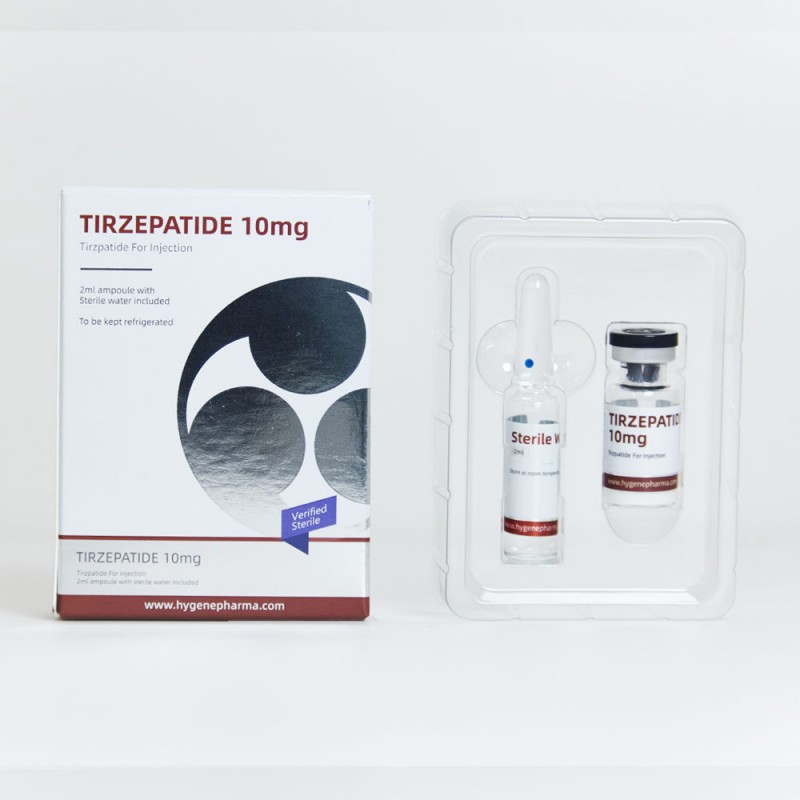



Buy Tirzepatide Pen by VLS 20mg.
Tirzepatide 10mg is a weekly self–injectable medication used for weight loss. It contains tirzepatide which works by regulating blood sugar and energy balance levels, helping to reduce appetite and prevent cravings.
VLS Semaglutide is an FDA-approved GLP-1 medication that is injected under the skin using a insulin needle once a week (every seven days), day or night, with or without food.
VLS Semaglutide speeds up the weight loss process for many patients. However, like other medical weight loss diets, what you eat, exercise, lifestyle changes, and time will help determine the overall success of your weight loss journey.
VLS Semaglutide is an injectable prescription medicine used:
VLS Tirzepatide for Weightloss:
Q: What is VLS Tirzepatide?
Tirzepatide (VLS brand) is used for weight loss, to help lose weight and keep weight off. Tirzepatide works for weight loss by decreasing appetite and slowing the movement of food from the stomach into the small intestine, which may make you feel full more quickly and for a longer period of time. Tirzepatide is a once-weekly injection given under the skin using a pen (autoinjector).
Q: When should I not use VLS Tirzepatide?
Do not use Tirzepatide if you or any of your family have ever had a type of thyroid cancer called medullary thyroid carcinoma (MTC).
Do not use Tirzepatide if you have Multiple Endocrine Neoplasia syndrome type 2 (MEN 2).
Do not use Tirzepatide if you are allergic to it or any of the ingredients in Tirzepatide.
Q: How should I use VLS Tirzepatide?
Full injection guide is available here.
Use VLS Semaglutide exactly as your healthcare provider tells you to.
Q: What are the possible side effects of VLS Tirzepatide?
VLS Tirzepatide may cause serious side effects, including:
Inflammation of your pancreas(pancreatitis): Stop using VLS Tirzepatide and call your healthcare provider right away if you have severe pain in your stomach area (abdomen) that will not go away, with or without vomiting. You may feel the pain from your abdomen to your back.
Changes in vision: Stop using VLS Tirzepatide and call your healthcare provider right away if you have severe pain in your stomach area (abdomen) that will not go away, with or without vomiting. You may feel the pain from your abdomen to your back.
Low blood sugar(hypoglycemia): Your risk for getting low blood sugar may be higher if you use VLS Tirzepatide with another medicine that can cause low blood sugar, such as a sulfonylurea or insulin. Signs and symptoms of low blood sugar may include dizziness or light-headedness, blurred vision, anxiety, irritability, or mood changes, sweating, slurred speech, hunger, confusion or drowsiness, shakiness, weakness, headache, fast heartbeat, feeling jittery.
Kidney problems (kidney failure): In people who have kidney problems, diarrhea, nausea, and vomiting may cause a loss of fluids (dehydration) which may cause kidney problems to get worse. It is important for you to drink fluids to help reduce your chance of dehydration. Serious allergic reactions: Stop using VLS Tirzepatide and get medical help right away, if you have any symptoms of a serious allergic reaction including swelling of your face, lips, tongue or throat, problems breathing or swallowing, severe rash or itching, fainting or feeling dizzy or very rapid heartbeat.
Gallbladder problems: Gallbladder problems have happened in some people who take VLS Tirzepatide .Tell your healthcare provider right away if you get symptoms of gallbladder problems which may include pain in your upper stomach (abdomen), yellowing of skin or eyes (jaundice), fever or clay-colored stools.
The most common side effects of VLS Tirzepatide may include nausea, vomiting, diarrhea, stomach (abdominal) pain, and constipation. Talk to your healthcare provider about any side effect that bothers you or does not go away. These are not all the possible side effects of VLS Tirzepatide.
Initial dose:
Weeks 1 through 4: 0.25 mg subcutaneously once a week
Weeks 5 through 8: 0.5 mg subcutaneously once a week
Weeks 9 through 12: 1 mg subcutaneously once a week
Weeks 13 through 16: 1.5 mg subcutaneously once a week
Maintenance dose:
Week 17 and onward: 2.5 mg subcutaneously once a week
@CUSTOMER_NAME@
@AUTHOR_PROFILE@ @COMMENT_ISO_COUNTRY@@COMMENT_TITLE@
@COMMENT_COMMENT@